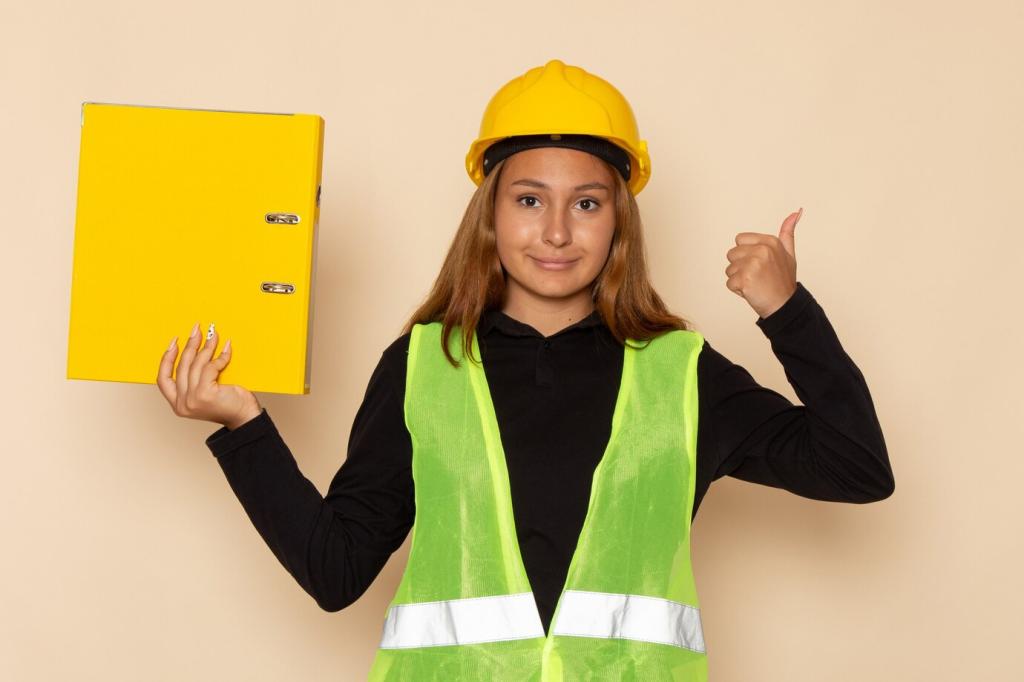
Differences Between Wall Safes and Floor Safes
Selected theme: Differences Between Wall Safes and Floor Safes. Welcome! Explore how placement, construction, and daily usability shape real-world security. Read on, share your thoughts, and subscribe for practical, field-tested advice that helps you protect what matters.
How Build and Placement Change Security
Most wall safes fit within standard stud bays, trading depth for concealment. Their security leans on solid framing, tight installation, and a robust door. Reinforced studs, quality lag bolts, and metal flanges significantly improve pry resistance and overall performance.

How Build and Placement Change Security
Floor safes often embed in concrete, gaining mass, rigidity, and anti-pry advantages. Thick doors, hardplate over locks, and recessed lids resist leverage. When properly encased, the surrounding slab acts like armor, complicating brute force, cutting, and tool access.
Installation Realities You Should Plan For
Measure stud spacing, depth, and adjacent utilities before cutting. Wires, plumbing, or ducts can lurk behind drywall. Use a stud finder, open exploratory cuts carefully, and reinforce framing. Neat, secure fitment reduces pry points and avoids cosmetic wall repairs later.
Installation Realities You Should Plan For
Concrete coring or excavation requires dust control, rebar awareness, and a plan for debris removal. Proper formwork, leveling, and backfill matter. Always verify slab thickness and radiant heat loops. A sloppy pour creates uneven lids, water pooling, and premature gasket wear.
Installation Realities You Should Plan For
Multi-family dwellings, rentals, and historic homes may restrict floor penetrations. Even wall cuts can require approvals. When in doubt, consult local code or building management. If you rent, consider reversible solutions and get written permission to avoid costly disputes later.

Fire, Flood, and Environmental Differences
Wall safes sit in cavities where heat can concentrate and studs char. A rated fire box or insert helps. Consider adding fire-resistant insulation and storing critical documents in secondary fire pouches, especially if your wall safe prioritizes concealment over thermal mass.
Fire, Flood, and Environmental Differences
Floor safes risk water intrusion from plumbing leaks or rising groundwater. Quality gaskets, elevated lids, and desiccant packs help. Periodically test seals and inspect for corrosion. If your area floods, choose models designed for moisture control and plan raised concealment solutions.
What to Store: Matching Items to the Right Safe
Wall Safe Best Fits
Passports, backup drives, spare keys, jewelry, and compact documents benefit from eye-level organization. Use fire-rated inserts for paper. Label discreetly inside, avoid noisy containers, and schedule quick weekly checks. Convenience increases consistent use, which quietly boosts overall security.
Floor Safe Best Fits
Cash bricks, bullion, rare coins, and infrequently accessed items suit heavier, embedded floor safes. The mass, depth, and concrete envelope add resistance. Use moisture barriers and acid-free containers, and verify that gaskets remain pliable to protect long-term holdings.
Mixed Strategies
Layered storage works well. Keep frequently used documents in a discreet wall safe, while anchoring bulk value in a floor safe. Diversion decoys can mislead attackers. Document serial numbers, enable offsite backups, and maintain an inventory spreadsheet to streamline insurance claims.
Care and Upkeep
Lubricate bolts lightly, clean gaskets, and test combinations quarterly. Keep a tamper log and update trusted contacts when codes change. Replace internal lights before they fail. Small habits strengthen reliability, especially during stressful moments when every second matters.
Remodeling and Access Changes
A wall renovation might expose a wall safe or limit its door swing. New flooring can bury a floor safe lid. Plan cut sheets, clearance, and trim choices early. Communicate with contractors discreetly and ask them to avoid labeled plans around visitors or delivery crews.
Relocation Considerations
Wall safes are easier to remove and patch compared to floor safes encased in concrete. If you anticipate moving, weigh portability and landlord rules. Keep installation photos and receipts; insurers and new buyers appreciate documentation that proves quality workmanship and proper anchoring.

The Crooked Frame Lesson
A reader hid a wall safe behind a heavy photo. A visitor bumped it, tilting the frame and exposing the door seam. They tightened hinges, added a second cover, and installed magnetic levelers—small fixes that prevented a repeat near-miss and improved daily discretion.
Contractor Overshare
During a remodel, a contractor casually mentioned a client’s floor safe location to a new crew member. Nothing happened, but the client moved the lid cover and changed routines. The takeaway: limit who knows, control drawings, and rotate concealment to reduce insider risk.
Insurance Adjuster Advice
An adjuster noted faster claims when clients kept a photo inventory inside a wall safe, with duplicates offsite. Floor safe clients fared best when coins were in inert capsules and documents in sealed fire sleeves. Documentation and packaging mattered more than expected during recovery.
